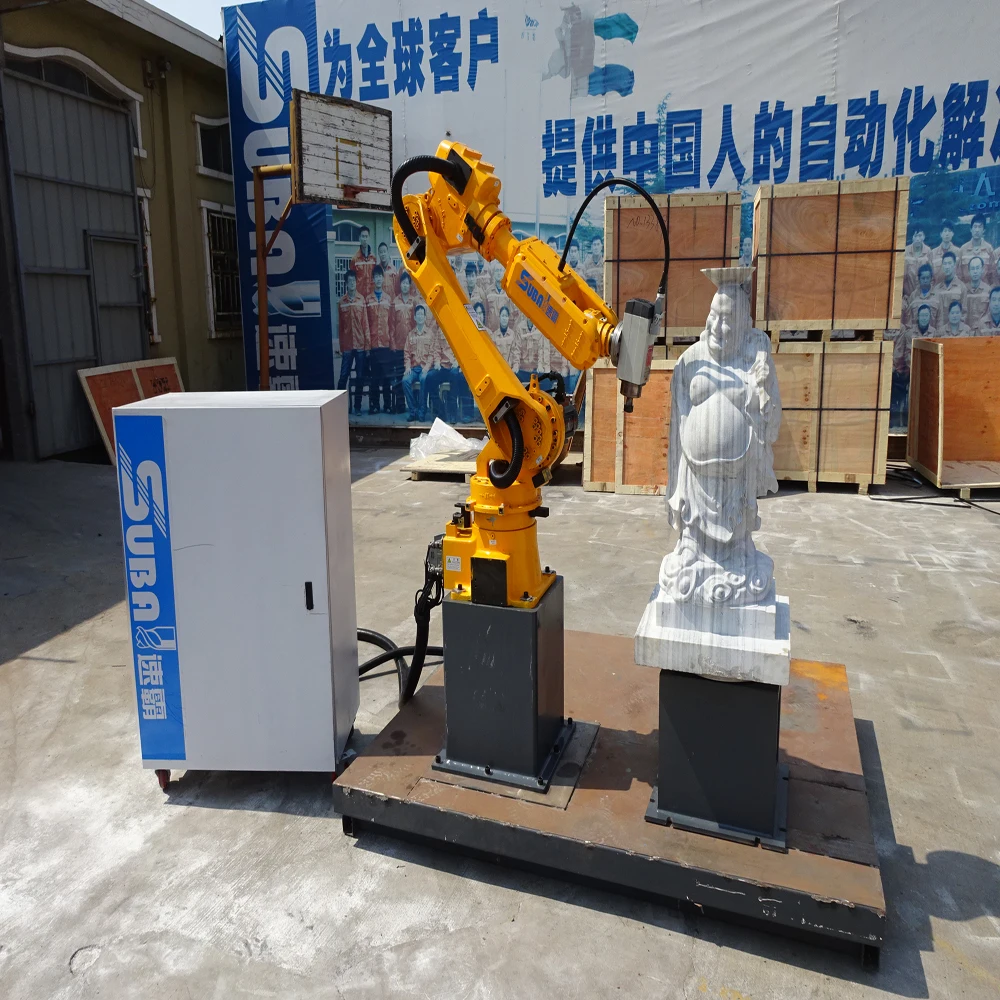Hello all,
Looking to build a highly customized lowrider and wanted to ask the experts a few questions. Basically an all new machine inspired by the lowrider 2. Maybe I’ll call it the high rider? 
I’d like my CNC to handle a full 4x8 end-to-end (carving right to and over the edge). To allow for the full travel and some extra space I figure I need to make the X axis about 6ft wide. But I’ve seen recommendations of a 4 ft limit with the 1" OD 304 stainless and 0.065 walls. If I get thicker walls (o.083 or 0.095) will that sufficiently alleviate droop/flex/other concerns?
I’d also like to have a great deal of Z travel. It looks like the lowrider 2 has about 11 inches. I’d like to go crazy and support 4 ft, but still maintain high accuracy (I know crazy!). Let’s focus on physics instead of why though. With the low rider 2 the Z axis tubes move with the Z. As they move up the Z plane is farther from its support/pivot point leading to higher inaccuracy (wobble). So if you just made the tubes longer and moved further up your inaccuracy would sky rocket.
But what if you changed the design so the vertical Z rails didn’t move and were permanently fixed to the inside of the Y plates. Basically take the design of the X rails and tilt it up 90 degrees. The rails would now be supported by really tall Y plates at the top and bottom. The Z sliders would be trapped between them at all times and not moving away from their support/pivot. This should mostly eliminate wobble and inaccuracy, right?
With the now taller Y plates and the huge Z travel, would/should the roller blade wheels be placed further apart? This would probably be necessary to improve stability. How far apart would you recommend?
With the added weight of the thicker rails, more pipe for the taller Z and much taller & wider Y plates, I imagine it would add a great deal to the rolling weight in the Y axis. But as its only rolling weight would that be ok?
Looking forward to your feedback!
Thanks
Rob
